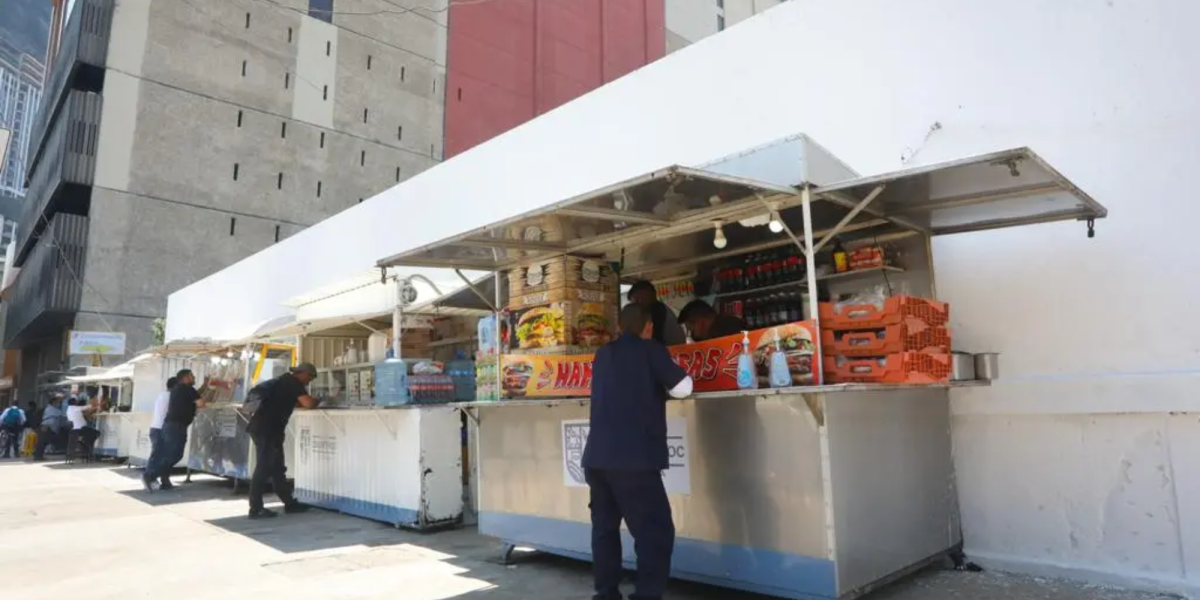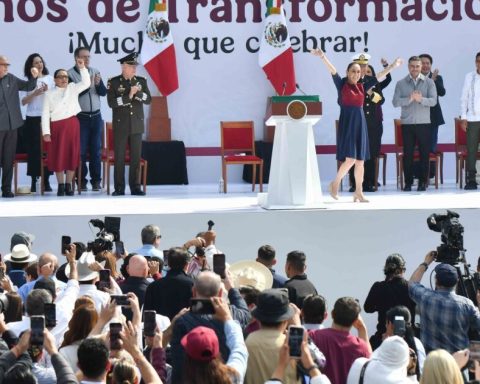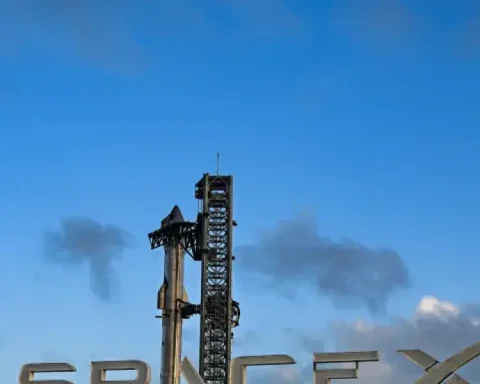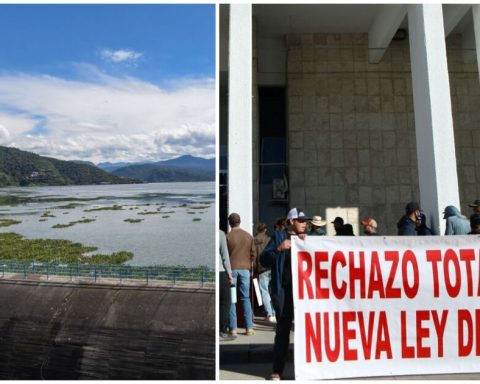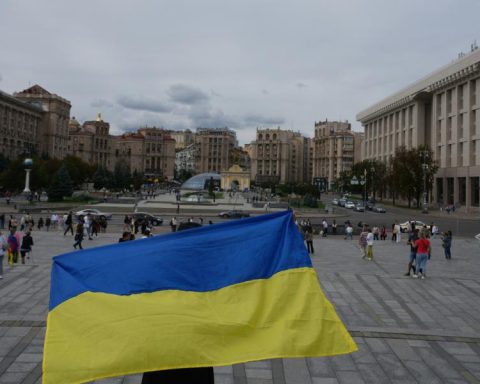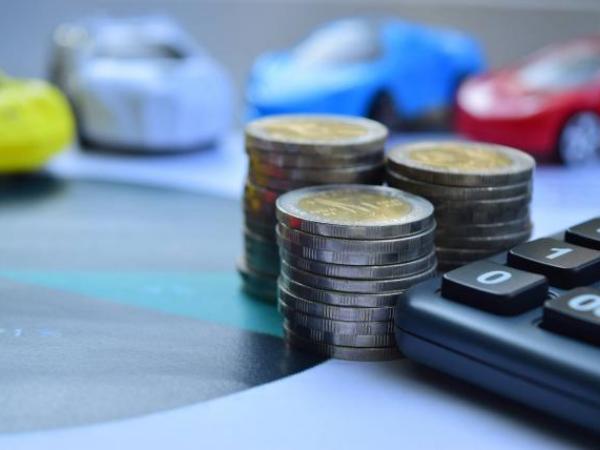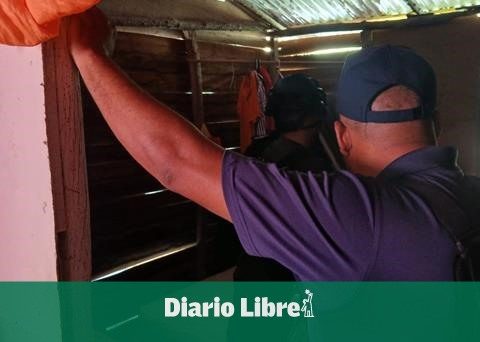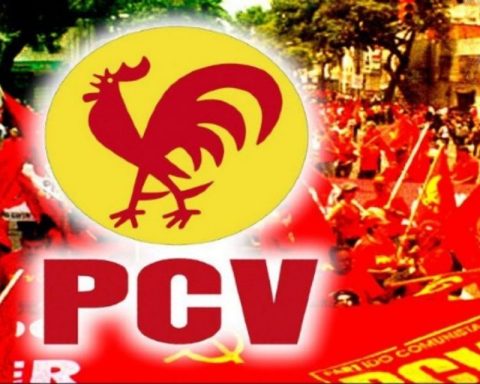Everything seems to indicate that the colors signs on the facades of hundreds of businesses in the Cuauhtémoc mayor’s office They could return in the current administration of Alessandra Rojo de la Vega.
The current mayor announced this on her social networks when responding to a comment. The official shared a video about the removal of abandoned metal stalls on Colima Street, between Jalapa and Orizaba.
In that post, a user identified as Raúl Ramírez asked the mayor about whether she could bring back “the street stall signs” that were eliminated during the administration of her predecessor, Sandra Cuevas, to which Alessandra Rojo de la Vega answered:
“Colors are back to stay”
“Raúl, thank you for contacting me, for me and for our administration, signs are a fundamental feature of the identity of the heart of Mexico, an expression of the creativity and spirit of struggle of our people. The colors will return to stay and the signs return to @AlcCuauhtemocMx. My team is fine-tuning details but my commitment is to announce it before we complete 30 days in government.”
When and why were the business signs removed in Cuauhtémoc?
The ban on signs in businesses in the Cuauhtémoc mayor’s office generated great controversy in 2022, mainly due to the way in which it was carried out and the implications it had on the visual identity of the city and the rights of merchants.
The former mayor of Cuauhtémoc, Sandra Cuevas, justified this measure implemented in March 2022, as part of a “Comprehensive Day for the Improvement of the Urban Environment” with the aim of giving a neater and cleaner image to the mayor’s office. However, many citizens and artistic groups denounced that this measure was an attack on cultural heritage and freedom of expression.
In a statement from May 2022, the mayor’s office stated the following:
“About the program, Alfredo Páez Juárez, a birria seller on Paris Street, said that now they have a better view and perceives that the clients are more comfortable; Jorge Luis, who sells cakes a few steps away, pointed out, “we are part of the city, this represents us and the clients seem happy,” which is why he called on those who have not joined the program to realize the benefit it represents.
“Meanwhile, Sandra García, whose stall sells chicken broth, said that people like the image of cleanliness, this change generates trust in customersbut above all, he said, they had not been attended to in many administrations.
“There was a sign here, but the Cuauhtémoc mayor’s office erased it”
In contrast, at that time, the Fresh Painting platforman organization specialized in documenting, preserving and disseminating street graphics in the country, protested, through social networks: “showed its poor understanding of tradition, graphics and culture” (…) “incurring clear abuse of their position of power vis-à-vis the merchants” (…) “destroying years of tradition, history and Chilanga identity.”
Also, Chilanga Network in Defense of Popular Art and Graphics (ReChida) Made up of illustrators, graphic designers, foodies, chefs, photographers, influencers, neighbors, artists and historians, they sought to recover the memory and heritage of the erased labels. They launched a campaign with the hashtag #ConLosRótulosNo, which consisted of covering the mayor’s logos with a cardboard drawing of a cake and the legend “There was a sign here, but the Cuauhtémoc mayor’s office erased it.”
